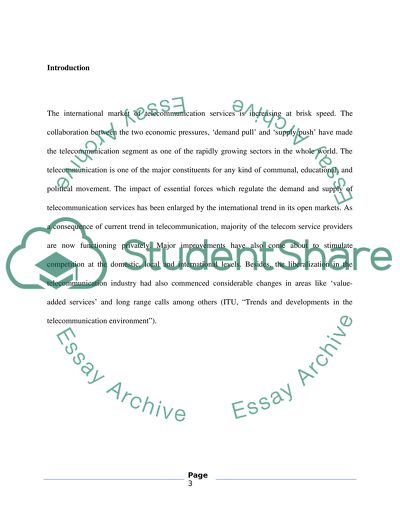Cite this document
(“Current Trend in the Area of Telecommunication Research Paper”, n.d.)
Retrieved de https://studentshare.org/information-technology/1391865-current-trend-in-the-area-of-telecommunication
Retrieved de https://studentshare.org/information-technology/1391865-current-trend-in-the-area-of-telecommunication
(Current Trend in the Area of Telecommunication Research Paper)
https://studentshare.org/information-technology/1391865-current-trend-in-the-area-of-telecommunication.
https://studentshare.org/information-technology/1391865-current-trend-in-the-area-of-telecommunication.
“Current Trend in the Area of Telecommunication Research Paper”, n.d. https://studentshare.org/information-technology/1391865-current-trend-in-the-area-of-telecommunication.


